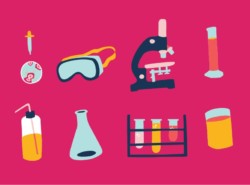
Using ‘risk scores’ to accurately predict breast cancer during breast screening
Published: 10/7/19 11:23 PM

John Hopper
Australia’s BreastScreen program is well established for detecting breast cancer but there is also information in mammograms that predicts breast cancer risk. This is known as mammographic density and is usually defined as the white or bright areas on a mammogram.
In previous work, NBCF-funded researcher Professor John Hopper found that predicting breast cancer risk can be dramatically improved by measuring the bright and brightest areas on mammograms rather than the duller areas. These new measures of mammographic density are the strongest known risk factors for breast cancer.
In this project Professor Hopper will improve new measurements of mammographic density by studying mammograms from over 25,000 women. He will also look at which risk factors are associated with the new measures of mammographic density.
Radiologists from all over Australia will be trained to make and interpret these new measurements and ‘risk scores’ relating to breast density. The new risk score concept will be used to identify women at high risk of breast cancer by combining the family history information collected by BreastScreen with new measures.
This work is of international significance and the results will make it possible to identify women who are at high risk of breast cancer so that they can be given more appropriate recommendations for prevention and screening at the time of their mammogram.
It is hoped that this research will make a big impact on breast cancer screening and control in Australia and worldwide.